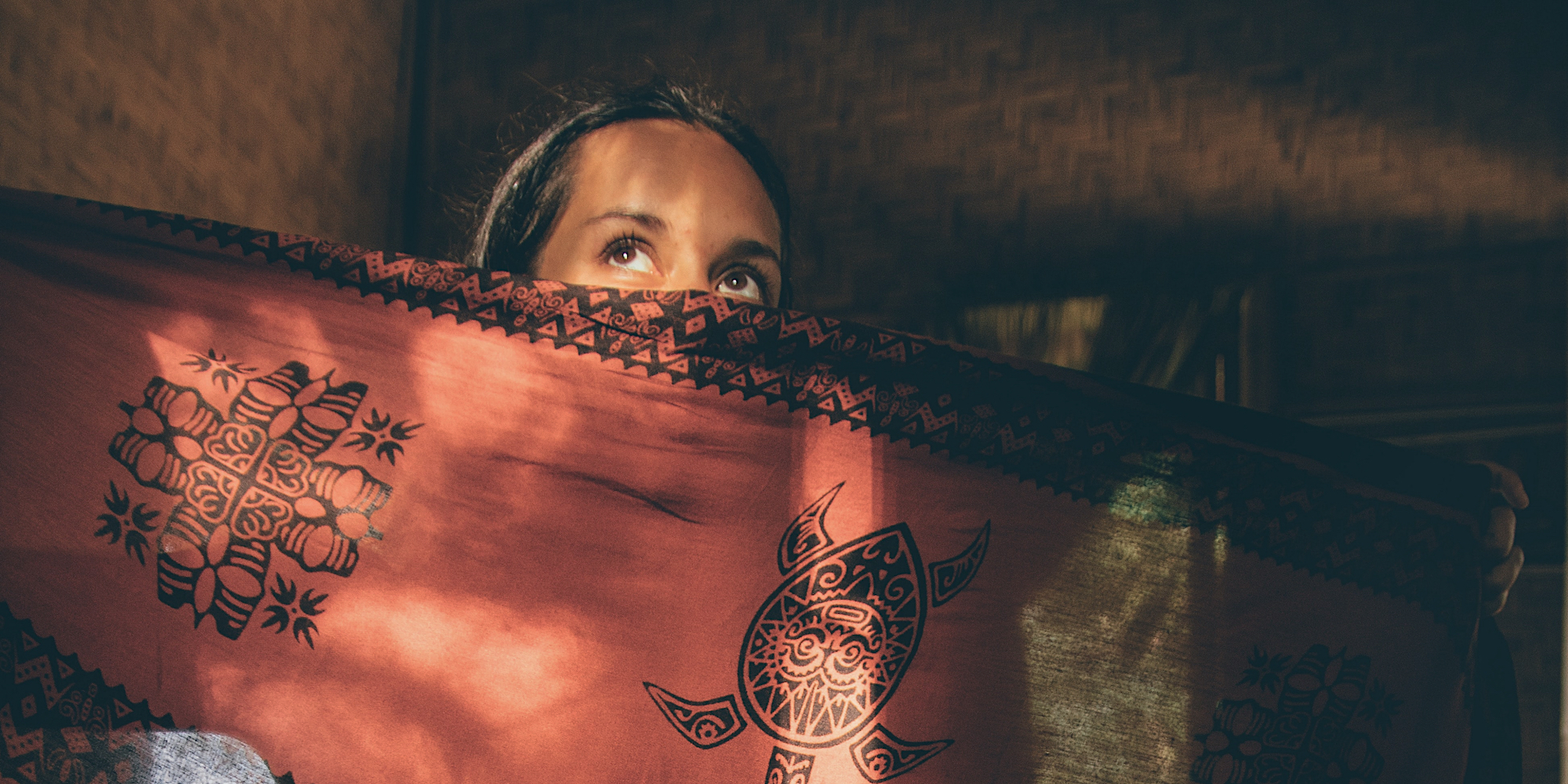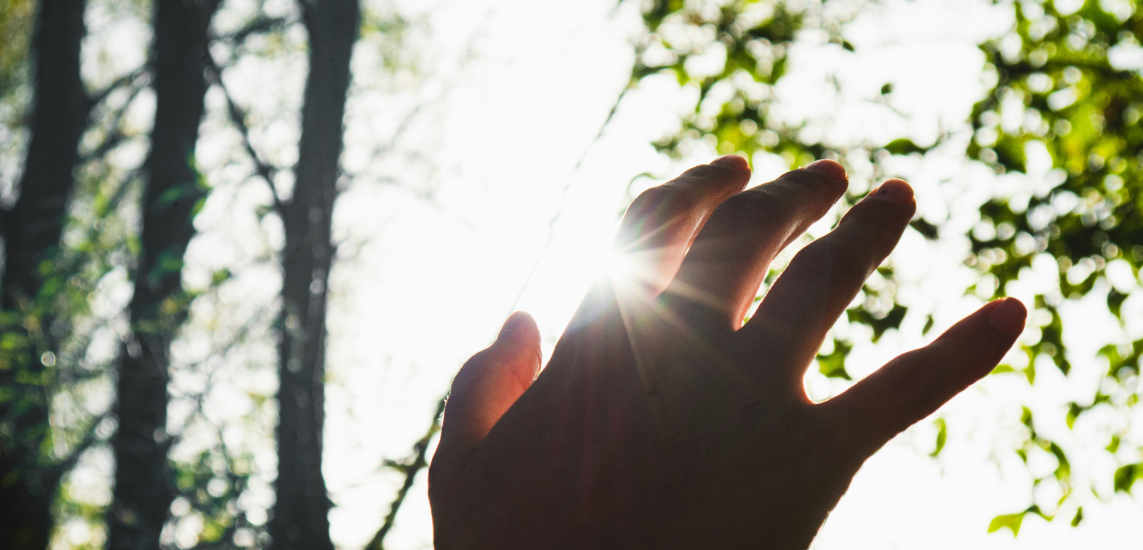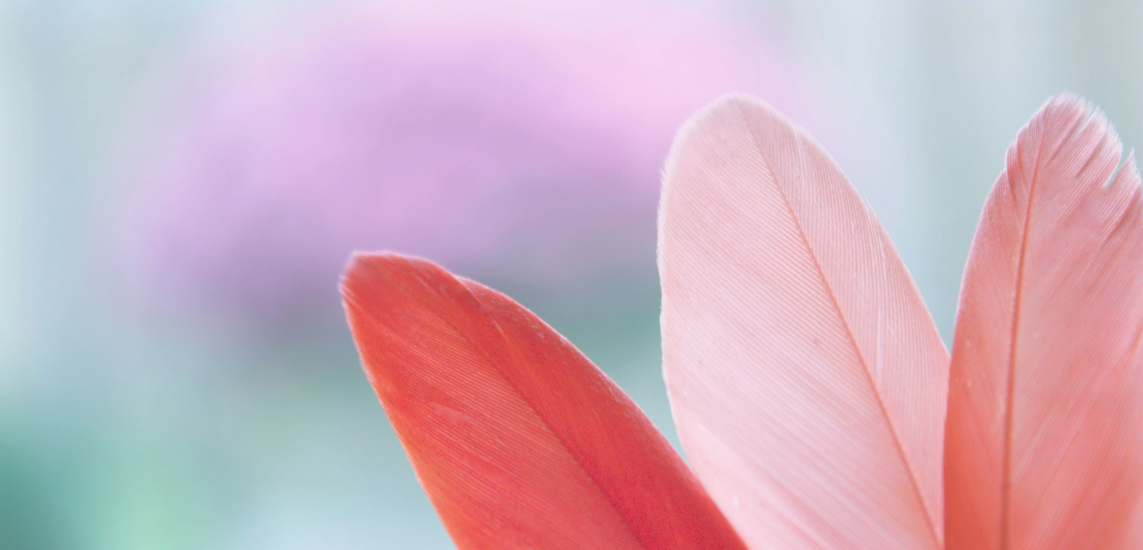Thankfully, we have the yogic path to turn to for advice on how to work through these obscurations towards greater clarity. With practice, we cut through the haze and arrive at an awareness that frees us from all grasping, including our clinging to this body and this life.
Explore helpful guided meditations that help to release grasping and cope with uncertainty at the end of this article.
The Yogic Kleshas
The Sanskrit term klesha can be translated as poison, mental affliction, or negative thoughts. Kleshas can be thought of as veils or hindrances. They prevent us from seeing clearly. In particular, they prevent us from recognizing that we ourselves, and everything around us, is already perfect.
In the Yoga Sutra, Patanjali writes of five kleshas. They are ignorance (avidja), ego or the belief in an individual self (asmita), liking or attachment (raga), disliking or aversion (dvesha), and grasping (abhinivesha). The last one, abhinivesha, refers in particular to our grasping to this life.
All sentient beings want to live. And yet our very clinging to our bodies and our individuality is the root cause of all our pain, suffering and misery. The fear of death arises because we’ve mistakenly attached our identity to our bodies, versus realizing our connectedness with the universe and the divine.
Yoga & Identity
In the West, we tend to emphasize asana above the other eight limbs of yoga, and we think of yoga as a mostly physical practice. We strive to improve the look of our bodies, we aim to achieve a particular pose, and we use the practice as a means to further solidify our identity around our physical form.
Yet if our yoga practice is working, we learn to let go of the poses themselves and eventually even our body. It’s dis-identification with or detachment from the body that we arrive at. Yoga teaches us, through asana and the other seven limbs, that we are more than just our bodies.
The true self is infinite. It is connected to all, all-pervasive, all aware, and all love. Whether we call it the soul, our inner guru, our Buddha nature or true nature, the true self is the part of us that is always in union with the divine. Bliss and equanimity are its natural state of being.
Our true self is constantly calling us, asking us to remember who we really are. It calls to us through moments of intense awe, gratitude and joy, but it also calls to us through moments of pain, suffering and despair. In these latter moments, it’s reminding us that the path to samadhi, union with the divine, is not something we can reach for outside ourselves. To reach samadhi, we must turn in.
The Yogic Solution
Chapter two of the Yoga Sutra is where the kleshas are first introduced. The chapter begins with the solution. “The yoga of action, kriya yoga, entails self-discipline, self-study, and surrender to the supreme.” (YS 2.1)
The process of uncovering our eyes and freeing ourselves from the klesha of abhinivesha begins with a call for commitment to difficult daily spiritual practice (tapas). It calls for studying, and studying the nature of the self (svadhyaya). We inquire about the true nature of reality and ourselves through authentic scripture, movement in the body, and meditation. Finally, the solution asks us to surrender (isvara pranidhana).
We must surrender to the call of our true nature, the voice inside reminding us that everything is already perfect, just as it is. We must surrender to the part of us that is already in union with the divine, already whole. The process of surrender is difficult.
Read more: Explore what it means to surrender in yoga and meditation practice.
Each of the kleshas are wrapped up in abhinivesha, the grasping to this life. Fear of death is among the most difficult to let go. The sutras themselves remind us that “fear of death arises all on its own, and exists even for the most learned and wise.” (YS 2.9)
And yet, our yoga practice asks us to let go. We let go of the need for everything around us to be ok. We let go of the thought that we’ll only be alright if we get this, or avoid that. And we let go of the ultimate grasping, to ego and the body itself. The reward is the realization of heaven on earth, and the heaven within you.
Through daily practice, authentic spiritual study and surrender to the divine, “we minimize the kleshas and cultivate samadhi.” (YS 2.2)
It’s Already Perfect
Yes, we need to take action. But also, there’s nothing to do. Samadhi is not something outside ourselves that’s out there to be achieved, gained or won. Samadhi is the true nature of our being and it’s only found within. When the veils of the kleshas are removed, we arrive at full integration with an awareness that understands everything is, and always has been, perfect.
Everything is uncertain, and there’s perfection even in that uncertainty. Our bodies will not last forever and death can come at any moment. The slipperiness of life itself is what assists us in letting go. The sadness, the suffering, and the seeming unfairness of impermanence are here to teach us. To learn what it all has to say, we only need to listen to the enlightened voice within.
This collection of guided meditations helps to let go of grasping and find inner peace in uncertainty:
- Finding Wisdom In Uncertainty Dr. Candice Creasman 7:28
- Embracing Not Knowing Seda Ünlüçay 15:52
- Releasing From The Clench In The Body And The Mind Lisa Jean Haskins 12:00
- In Times of Change and Uncertainty Tony Brady 12:10
- Freedom From Fear & Anxiety Christopher Gibney 6:50
- Washing Away The Holding Onto Al Jeffery 13:11
- Embrace The Unknown Alyson Lee 23:20
Read more: Learn about the meaning of death in savasana pose, the important role it plays in every asana practice and the Yogic concept of rebirth.







